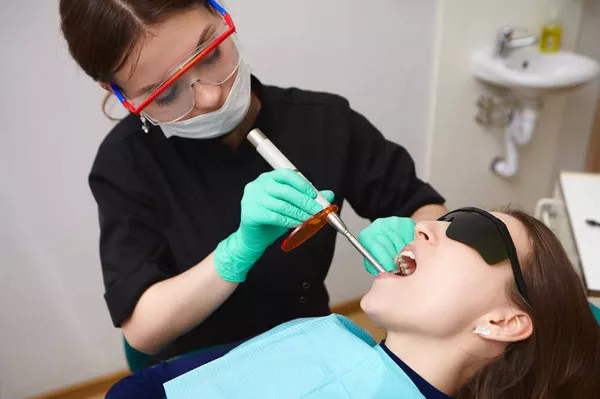Dental cavities are a common dental issue that requires prompt treatment to prevent further decay and potential tooth loss. One of the most common treatments for cavities is dental fillings. While the importance of addressing cavities is well understood, many patients are curious about the cost associated with cavity fillings. In this article, we will explore the factors influencing the cost of cavity fillings, the types of fillings available, and tips for managing dental expenses.
Understanding Cavity Fillings
Cavity fillings are restorative dental procedures used to repair teeth damaged by decay. During a filling procedure, the dentist removes the decayed portion of the tooth, cleans the affected area, and then fills the cavity with a suitable dental material. This prevents the cavity from further decay and restores the tooth’s function and appearance.
Types of Dental Fillings
There are several types of dental fillings available, each with its unique characteristics and cost implications. The most common types of fillings include:
Amalgam Fillings:
Composed of a mixture of metals, including silver, tin, copper, and mercury.
Durable and suitable for posterior teeth (molars and premolars).
Considered cost-effective compared to other filling materials.
Composite Resin Fillings:
Made of a mixture of plastic and fine glass particles.
Provide a natural appearance as they match the tooth color.
Bond well to the tooth structure and are suitable for both front and back teeth.
Slightly more expensive than amalgam fillings due to their aesthetic benefits.
Porcelain Fillings (Inlays and Onlays):
Custom-made in a dental laboratory.
Offer an aesthetically pleasing result as they closely resemble natural tooth color.
More expensive than amalgam and composite fillings due to their fabrication process.
Factors Influencing the Cost of Cavity Fillings
The cost of a cavity filling can vary based on several factors, including:
Type of Filling Material:
Different filling materials have varying costs, with amalgam being the most affordable and porcelain fillings generally being the most expensive.
Location and Size of the Cavity:
Larger and more complex cavities may require additional material and time, leading to higher costs.
Dental Practice Location:
The cost of dental services can differ based on the location of the dental practice. Urban areas and regions with a higher cost of living may have slightly higher fees.
Dentist’s Experience and Expertise:
Experienced dentists with specialized skills may charge higher fees for their services.
Dental Insurance Coverage:
Dental insurance may partially or fully cover the cost of cavity fillings, depending on the policy and coverage limits.
Average Cost of Cavity Fillings
On average, the cost of cavity fillings in the United States ranges from $100 to $500 per filling. Amalgam fillings are generally the most affordable option, ranging from $100 to $250 per filling. Composite resin fillings are slightly more expensive, with costs ranging from $150 to $400 per filling. Porcelain fillings, being the most aesthetic and customized option, are the most expensive, ranging from $250 to $500 per filling.
Tips for Managing Dental Expenses
Dental Insurance: Consider investing in dental insurance or a dental savings plan to help manage the cost of dental treatments, including cavity fillings.
Discuss Costs with Your Dentist: Before proceeding with any treatment, discuss the estimated cost of cavity fillings with your dentist to understand the financial implications.
Payment Plans: Some dental practices offer payment plans or financing options to spread the cost of treatments over time.
Dental Schools: If you are on a tight budget, consider seeking treatment at dental schools or community dental clinics, where services are often provided at reduced costs.
Preventive Care: Maintain regular dental checkups and practice good oral hygiene to prevent cavities and reduce the need for extensive treatments in the future.
Conclusion
Cavity fillings are essential dental procedures to address tooth decay and preserve oral health. The cost of cavity fillings can vary based on the type of filling material, size and location of the cavity, dentist’s expertise, and location of the dental practice. On average, the cost of cavity fillings ranges from $100 to $500 per filling, with amalgam fillings being the most affordable and porcelain fillings being the most expensive option. Dental insurance, open communication with your dentist, and considering various payment options can help manage dental expenses effectively. Remember, investing in preventive dental care can ultimately save you from more extensive and costly treatments down the road.





























